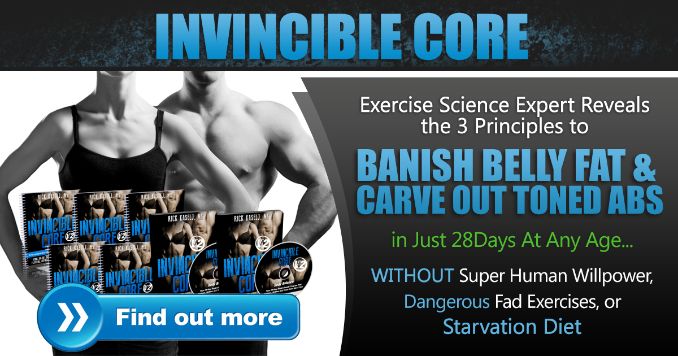I’ll admit it: When I was just starting, I spent more time than I’d like to admit Googling the “perfect” ab routine.
Like most people chasing a defined core, I’ve wondered: Am I doing enough? Am I doing too much? What’s the secret formula for those sought-after abs?
After countless workouts, some sore muscles, and a whole lot of trial and error, I finally dove into the science. So, let’s settle this once and for all—how many times should you really hit your abs each week to see maximum results?
Spoiler alert: It’s probably not what you think. Let’s break it down!
Understanding Abdominal Muscles
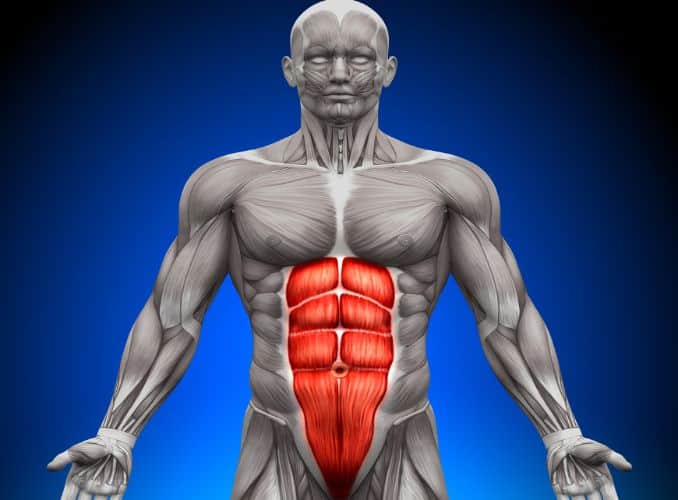
Your abdominals aren’t just for show—they’re a group of powerhouse muscles that include the rectus abdominis, obliques, and transverse abdominis. Each plays a unique role in core strength and stability. Understanding how many times you should hit abs a week can help you effectively target each of these muscles for optimal results.
The rectus abdominis is the “six-pack” muscle running down the front of your abdomen. You can target it with exercises like crunches, sit-ups, and leg raises.
The obliques on the sides of your torso help with twisting and bending. Movements like side planks, Russian twists, and bicycle crunches are perfect for working them.
The transverse abdominis, often called the “deep core,” acts like a corset, stabilizing your spine. Engage it with planks, dead bugs, and Pilates-inspired moves like the hollow body hold.
For a well-rounded workout, mix exercises that hit each of these muscles. This approach builds strength, enhances posture, and improves overall athletic performance. [1]
Benefits of Ab Workouts
Ab and core workouts are a must for any fitness routine. Skipping them can lead to back pain and a higher risk of injury.
A strong core stabilizes your body, protecting your back during heavy lifts like squats and supporting everyday movements like bending and lifting.
Consistent core work makes daily tasks and workouts easier, improving both function and performance.
How many times you should hit abs a week will depend on your fitness goals and overall routine, but regular engagement is key.
Ab exercises can tone your midsection, but achieving a flat stomach or six-pack depends heavily on your diet.
Ab Workout Frequency and Body Fat Reduction
Finding the right frequency for ab training is key to maximizing results without overtraining. For most people, training abs 2 to 3 times per week is optimal, just like with any other muscle group.
To kickstart your core journey, try this 30-day program:
- Phase 1: Train abs 3 times in the first 10 days.
- Phase 2: Increase to 4 sessions over the next 10 days.
- Phase 3: For the final 10 days, train every other day (5 sessions total).
This program is effective because it builds gradually, allowing your core muscles to adapt and grow stronger. After completing the 30 days, you can return to a regular routine of training 2 to 3 times per week. If you’re looking for faster results in the future, you can always revisit this approach.
Remember, quality matters more than quantity. Focus on proper form, effective exercises, and giving your abs time to recover. Overtraining can lead to fatigue and diminish your progress.
Effective Ab Exercises
A strong and defined core starts with the right exercises. Here are some of the most effective moves to target all areas of your abdominals:
1. Plank exercises:
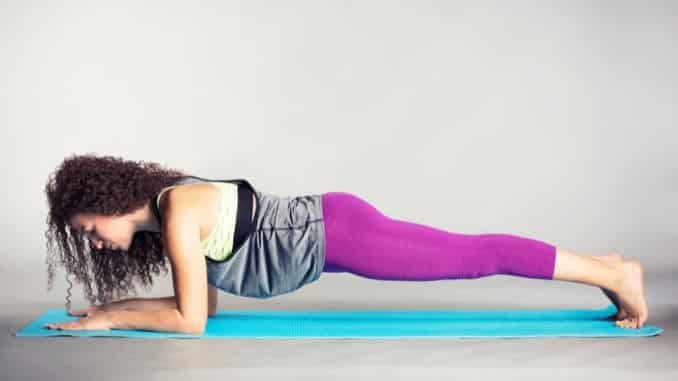
- Begin in a 4-point position with your knees beneath your hips and your hands beneath your shoulders.
- Step back with both feet to move into a straight-arm plank position, maintaining good alignment with your head, shoulders, hips, and toes.
- Engage your core and lower forearms down to the floor to lower yourself into a forearm plank position.
- Hold the position for several deep belly breaths, in through your nose and out through your mouth.
2. Hanging leg raises:

- Begin by gripping a pull-up bar with your hands shoulder-width apart, hanging with your arms fully extended and your legs straight.
- Engage your core and keep your body stable, avoiding excessive swinging or momentum.
- Slowly lift your legs together until they are parallel to the ground, keeping them as straight as possible.
- Lower your legs back down in a controlled motion, ensuring you maintain core engagement throughout the movement.
- Repeat for the desired number of repetitions, focusing on steady breathing—in through your nose as you lift and out through your mouth as you lower.
3. Russian twists:

- Sit on the floor with your knees bent and feet flat, keeping your back straight and chest lifted.
- Lean back slightly to engage your core, creating a V-shape with your torso and thighs.
- Hold a weight, medicine ball, or clasp your hands together in front of your chest.
- Twist your torso to the right, bringing your hands or the weight toward the floor beside your hip.
- Return to the center, then twist to the left, completing one full repetition.
- Keep your movements controlled, breathing out as you twist and in as you return to the center.
4. Cable crunches:

- Attach a rope handle to a high pulley on a cable machine and kneel a few feet away from the stack, holding the rope with both hands at either side of your head.
- Engage your core and keep your hips stationary, with your torso slightly leaning forward.
- Pull the rope downward by contracting your abs, bringing your elbows toward your thighs in a controlled motion.
- Slowly return to the starting position, resisting the weight as you extend your torso back up.
- Repeat for the desired number of repetitions, exhaling as you crunch and inhaling as you return to the start.
5. V-ups and prone cable crunches:
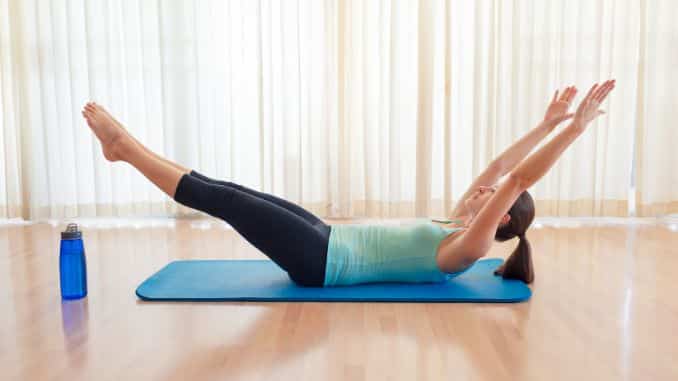
- Lie flat on your back with your legs extended and arms reaching overhead, keeping your core engaged.
- Simultaneously lift your arms and legs toward each other, creating a “V” shape with your body.
- Try to touch your fingertips to your toes at the peak of the movement, keeping your back straight and core tight.
- Slowly lower your arms and legs back to the starting position in a controlled motion.
- Repeat for the desired number of repetitions, exhaling as you lift and inhaling as you lower.
For the best results, incorporate a mix of these exercises into your routine to target all parts of your core and ensure balanced development.
Advanced Ab Training Techniques
Once you’ve mastered the basics, it’s time to take your ab training to the next level. These advanced techniques can help you refine your core strength and definition:
- Add variety: Incorporate exercises that target different abdominal muscles [2], such as combining rotational moves, static holds, and dynamic motions to work the rectus abdominis, obliques, and transverse abdominis. Understanding how many times you should hit abs a week will help you structure these varied movements effectively.
- Use varied tempos: Experiment with slow, controlled holds for maximum tension and faster, explosive reps to build power. For example, try five-second plank holds or one-second V-up reps for a challenge.
- Train your lower back: A strong core isn’t complete without a well-balanced lower back. Include exercises like back extensions and supermans to maintain a neutral spine and prevent imbalances.
- Incorporate resistance tools: Once you’ve reduced body fat, add cables, resistance bands, or weighted exercises to your routine. These tools increase intensity and help you sculpt a more defined midsection. Properly planning how many times you should hit abs a week ensures you integrate resistance tools effectively into your program.
- Include cardio sessions: “Include cardio sessions 2 to 5 times a week for 30 minutes at low to moderate intensity to complement weight training and support a leaner waist.” – Jeff Nippard, Body Builder Coach
For the best results, incorporate a mix of these exercises into your routine to target all parts of your core and ensure balanced development.
Common Mistakes to Avoid in Ab Training
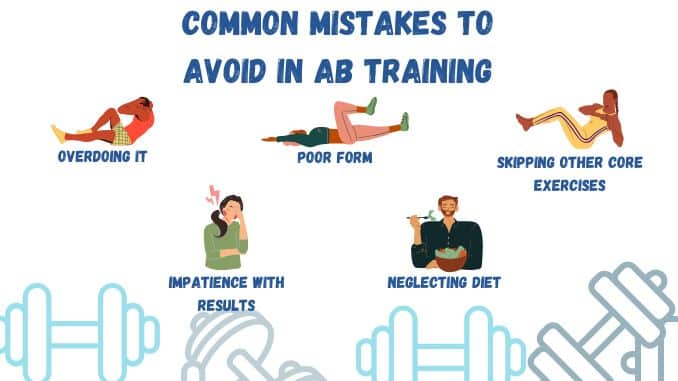
- Overtraining: Your abs need rest and recovery like any other muscle group. Overdoing it can lead to fatigue and slow progress. It’s important to understand how many times you should hit abs a week to strike the right balance between effort and recovery.
- Poor form: Improper technique increases the risk of lower back pain and injuries. Focus on controlled, precise movements.
- Neglecting your diet: Abs won’t be visible without reducing body fat. A balanced diet is key to achieving definition.
- Skipping other core muscles: Don’t ignore your obliques, transverse abdominis, and lower back. A strong core requires training all areas equally.
- Impatience with results: Visible abs take time, especially if your body fat is high. Avoid shortcuts and stay consistent with both workouts and nutrition.
Conclusion
Building a strong core is about more than just aesthetics—it’s about supporting your body, improving your performance, and feeling good in your own skin. When you train your abs, you’re not only strengthening your core but also enhancing your posture and preventing injuries.
Understanding how many times you should hit abs a week can help you strike the right balance for optimal results.
Incorporating compound exercises like squats and deadlifts can further engage your core and other muscles, promoting balanced strength throughout your body.
Progress takes time, so prioritize muscle recovery as much as effort. Rest is crucial for allowing your muscle fibers to repair and grow stronger. Be patient, listen to your body’s needs, and celebrate the small victories along the way. Whether you’re doing planks, crunches, or sit-ups, proper form and consistency are key. Understanding how many times you should hit abs a week is essential to striking the right balance between effort and recovery.
Remember, everyone’s fitness journey is unique. The ideal ab training frequency varies for each person, and what works for one might not work for another.
Bodies come in all shapes, sizes, and abilities, and that’s something to honor and respect. Inclusivity means accepting and supporting each other, no matter where someone is on their path.
Ultimately, fitness is about feeling strong, capable, and confident—not meeting anyone else’s expectations. Focus on your own muscle growth and progress, and encourage those around you to do the same. Together, we can create a positive, inclusive space where everyone feels empowered to thrive.
If you’re serious about strengthening your abs and achieving long-term results, don’t just train harder—train smarter. Check out our Invincible Core program to discover proven strategies and exercises that will help you develop a stronger, more resilient core.
FAQs
1. How many times should I train my abs each week?
For most people, training abs 2 to 3 times per week is optimal. This allows for recovery and ensures proper stimulation for muscle growth without overtraining.
2. Can I achieve visible abs without reducing body fat?
No, visible abs require a low body fat percentage. Ab exercises build and define the muscles, but reducing overall body fat through a balanced diet and cardio is essential for visibility.
3. Do I need to do separate workouts for upper and lower abs?
Not necessarily. Compound movements like planks and hanging leg raises engage both upper and lower abs. However, you can include specific exercises to emphasize different areas, like crunches for upper abs and leg raises for lower abs.
4. Is it okay to train abs every day?
No, abs are like any other muscle group—they need time to recover. Training them every day can lead to overtraining, fatigue, and diminished results. Stick to 2–3 focused sessions per week.


